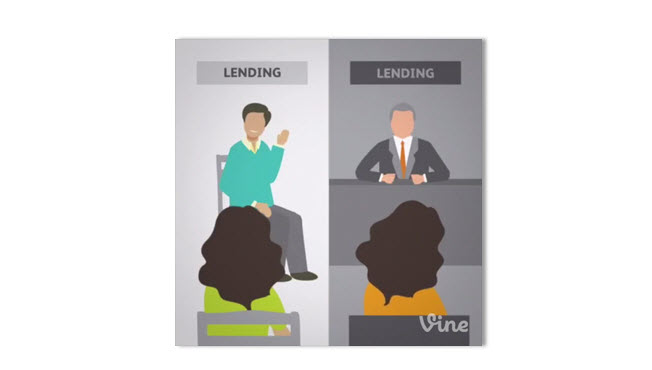 Christophe Legras, Technology Showroom Engineer at Xerox Research Centre Europe (XRCE), had a busy time at Gartner ITxpo in Barcelona, demonstrating some very clever ways to speed up business processes. We caught up with Christophe after the event.
Christophe Legras, Technology Showroom Engineer at Xerox Research Centre Europe (XRCE), had a busy time at Gartner ITxpo in Barcelona, demonstrating some very clever ways to speed up business processes. We caught up with Christophe after the event.
Q: Your demonstrations really brought business process optimisation to life. But why was that the focus?
It’s an increasingly big issue for our customers. Technology has made so many things so much faster, it really highlights the inefficiencies of processes that are still very manual. Inefficiency is costly, so there’s a real drive to streamline and accelerate these processes by automating manual steps as far as possible and eliminating the need to move physical paper around.
Q: What has Xerox been doing to address this?
We’ve been working on different aspects of workflow automation and simplification for years; what we showed at ITxpo is how it all comes together. We’ve integrated a variety of information management technologies, including intelligent scanning, information categorisation technologies, and workflow and content management platforms. Together these let us digitise information, make it accessible from anywhere, rapidly and reliably identify specific information, and automatically route it where it needs to go.
Q: There was a lot of interest in the categorisation capabilities you were demonstrating. Is Xerox doing something different there?
We are; we’re combining certain techniques to categorise unstructured data more quickly and reliably than other methods. Then we put these capabilities in the hands of knowledge workers through easy and intuitive interfaces.
Q: Can you give me an example?
One of the use cases we demonstrated at ITxpo is e-discovery.
Legal teams often have very little time to comb through millions of electronic files to find the ones relevant to a case or audit. The nature of legal relevance makes it very difficult to narrow the field just with keyword searches. Many e-discovery tools include ‘clustering’ to help: this groups documents by how similar they are to one another, based purely on statistical analysis of the content, not any predefined criteria or search terms. It’s a powerful tool, but we’ve taken it a step further to create a solution that we call CategoriX. This is a statistical categorisation technology that adds a machine learning capability.
Using CategoriX, we take a sample of the total volume of files and have legal reviewers categorise them as relevant or not. The algorithms ‘learn’ from this expert categorisation and create an appropriate statistical model. With only a small amount of ‘training’ the algorithm can process the vast majority of the content extremely quickly and accurately.
Q: How quickly and accurately?
In one example we helped a customer respond to a regulatory subpoena in 54 days, with 92.3% precision and 99.8% recall. We used just 10 of the company’s attorneys; they would have needed 68 additional attorneys to achieve the same results without the categorisation technology.
Q: So this is technology already available to customers?
It’s used by Xerox managed services such as Xerox Litigation Services for e-discovery, and Xerox Document Transaction Processing Services. So customers of those services benefit from these capabilities. Wherever you can’t reliably isolate relevant files through keyword searches or through their structure, you’ve got a potential use case. For example, we use it to analyse whether contracts are complying with regulatory requirements, or for narrowing down thousands of job applicants. It’s still early days for this technology so we’re actively exploring potential use cases with customers.
Q: If a company is interested in finding out more, what they should do?
They can contact me at christophe.legras@xrce.xerox.com and I’ll try to answer their questions or direct them to someone who can.

